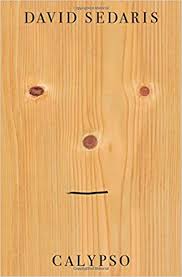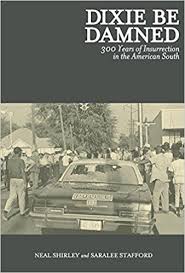CALYPSO - DAVID SEDARIS
I found this one at the library and was able to read it in about 48 hours, during the “night” part of my job. This was aided by the fact that, like the Klosterman book, I’d already read a few of these essays in the New Yorker, since I’m an asshole. Perhaps these brief forays into “pop” essay collection are slowing down the more serious reading but it’s hard to deny how much fun a Sedaris story is. Holy shit this guy is good. I think I’ve read maybe 80% of the Sedaris that exists (David, I guess I should say, I haven’t read any of Amy’s books about hospitality) and I’ve been a fan of his since I heard the Santaland Diary on T.A.L. when I was a teen. I read his books back the and loved them but always wondered what would happen when he “ran out” of stories. Back then his stories were retellings of events from his life, reconstructed from his journal and drenched in his considerable wit. Sedaris had lived a kinda low-rent, crazy, bohemian life that I admired as a teen. He was a gay man in the South and a drug addicted art school student and an aimless apple picker and a furniture mover and an elf and he’d conjured a sort of perfect short story for each. It’s also probably important to say that he also is from where I’m from and it was always exciting to see the names of places I actually knew in the pages of real magazines as a kid. Either way, Sedaris got famous and I found out about him later in life so he had a lot of memorable experiences to draw from and craft into stories, along with a large colorful family. I always wondered back then how he could keep going. What would happen after he’d highlighted all the crazy things that had happened to him when he tried to learn french or discover his homosexuality. When an author’s subject is themselves, surely life’s finitude makes the boundaries very real. Sedaris sidesteps this by elevating his writing to a level that allows him to play with the structure and tone of the essays and create the sorts of things that don’t require a strong central hook. Earlier Sedaris essays revolve around central story that he elaborates and stretches and polishes to a point that makes them sort of the platonic ideal of a great party story. When someone tells you they used to be a Macy’s elf, you pray they can tell you about it as well as Sedaris can. The essays in Calypso don’t follow this pattern. Instead of following a narrative through line they swirl and shift around. They compress several beach trips to the same part of North Carolina over decades. Instead of highlighting single, reveling moments between people, he’s able to artfully chart how relationships ebb and flow over whole lives. It’s really sad. There’s lots of stuff about his sister’s estrangement and suicide and the lacuna his mother’s death has left. The way the essays pivot and toggle and flow is really stunning though, it can be hard to tell what they’re about at certain points and in an instant they’ll clarify and snap into place with an almost audible crack. 8 beach houses.






